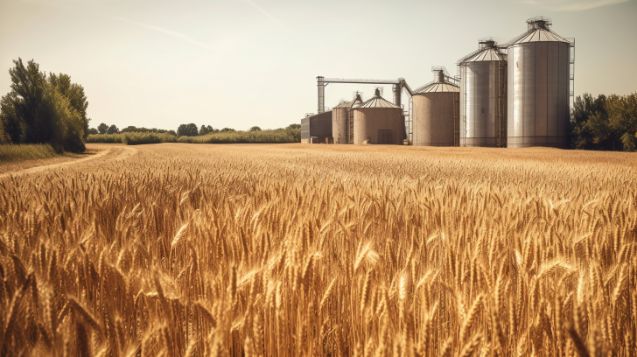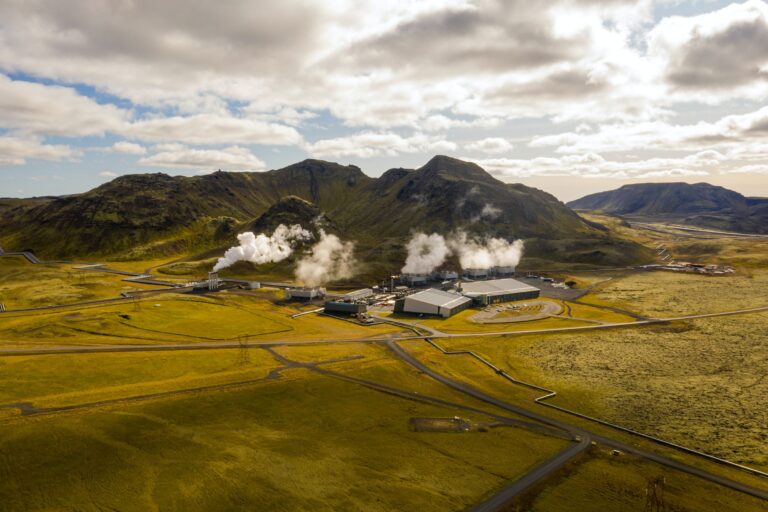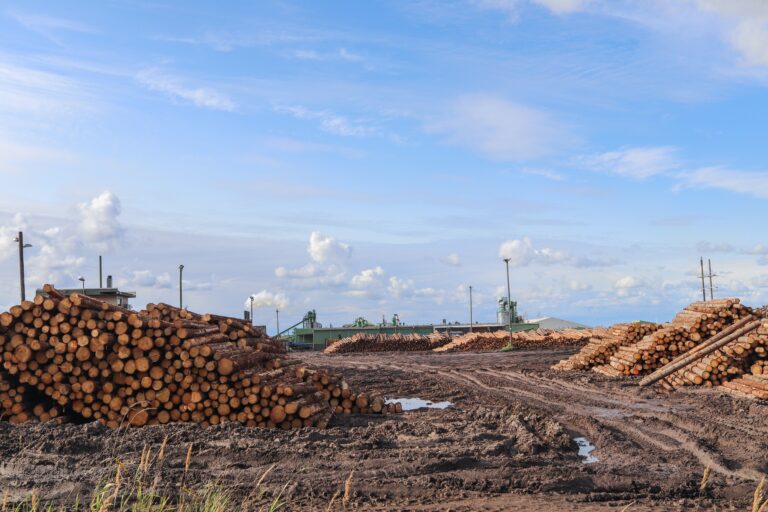Bioenergy vs Fossil Fuels: Which is Better for the Environment?
The debate between bioenergy and fossil fuels is crucial for our planet’s future, with bioenergy offering a renewable, albeit not perfect, alternative to the environmentally damaging fossil fuels. While bioenergy reduces greenhouse gas emissions and utilizes organic waste, concerns about its sustainability, land and water use, and competition with food production persist. Fossil fuels, on the other hand, remain the dominant energy source despite their significant contribution to climate change and environmental degradation. The transition to sustainable energy practices, including bioenergy, is vital but requires careful consideration of the economic and environmental trade-offs.
Table of Contents
Bioenergy and fossil fuels are two of the world’s most important energy sources today. Bioenergy is energy obtained from organic materials, such as plants and animals, whereas fossil fuels are formed from the remnants of ancient plants and animals buried deep below the ground for millions of years.

The argument over bioenergy versus fossil fuels is critical because it has far-reaching ramifications for our planet’s future. With the world’s population continues to rise at an unprecedented rate, so is the need for energy. However, the usage of fossil fuels contributes to climate change, which is wreaking havoc on the ecosystem.
In this article, we will evaluate the significance of the dispute between bioenergy and fossil fuels, as well as the possible benefits and downsides of each energy source. We will also look at how governments, corporations, and individuals can work together to promote sustainable energy practices and reduce our dependency on fossil fuels.
Benefits and Drawbacks of Fossil Fuels
Fossil fuels are non-renewable resources derived from the decomposition of dead plants and animals. They produce energy, power cars, and heat houses. Coal, oil, and natural gas are examples of fossil fuels.
The economic benefits of fossil fuels include employment creation, economic growth, and greater energy security. Millions of people throughout the world are employed by the fossil fuel sector. Furthermore, the industry makes a major contribution to the GDP of several countries. In addition, fossil fuels provide a consistent source of energy, minimizing reliance on foreign oil imports.
However, the harmful environmental impacts of fossil fuels cannot be overlooked. The combustion of fossil fuels emits dangerous greenhouse gases into the atmosphere, which contributes to climate change. Extraction and transportation of fossil fuels can also result in environmental disasters such as oil spills and pipeline breaches. The usage of fossil fuels also adds to air pollution, which is harmful to human health.
Furthermore, the limits and high expense of fossil fuels are becoming clear. Because fossil fuel supplies are limited, the cost of extraction and production will rise as they diminish. Consumers will face increased energy prices as a result of this. Furthermore, renewable energy sources such as solar and wind power are becoming more cost-effective and efficient, making them a more appealing alternative to fossil fuels.
Benefits and Drawbacks of Bioenergy
Bioenergy is a type of renewable energy obtained from organic stuff like plants and animal waste. It is created by the combustion, gasification, or fermentation processes. Bioenergy offers both advantages and disadvantages, which are described more below.
A description of how bioenergy works
Bioenergy is created by burning organic materials, which releases energy as heat. This heat may be converted into power or utilized to heat buildings. Gasification, which includes heating organic materials in the absence of oxygen to produce a gas that may be used to generate power, can also be used to make bioenergy.
The Environmental Benefits of Bioenergy
Bioenergy provides a number of environmental benefits. It is a renewable energy source, which means it may be regenerated over time. Bioenergy also emits fewer greenhouse gases than fossil fuels, which helps to mitigate the effects of climate change. Bioenergy can also assist to minimize waste by using organic stuff that would otherwise be thrown.
A discussion of the viability of renewable energy and biofuels.
Renewable energy sources, such as bioenergy, have the potential to provide a long-term supply of energy. However, there are reservations regarding the long-term viability of bioenergy production. For example, using too much organic matter for bioenergy production might result in deforestation or other environmental issues. Furthermore, the production of bioenergy necessitates a large quantity of water, which might be an issue in locations with limited water resources.
Negative environmental impacts of bioenergy
Despite its benefits, bioenergy has significant environmental consequences. Bioenergy production can result in the discharge of pollutants such as nitrogen oxides and particulate matter, which can have a detrimental influence on air quality. Furthermore, the generation of bioenergy can lead to soil nutrient depletion, which might have a detrimental influence on agricultural output
Bioenergy vs Fossil Fuels: Which is Better for the Environment?
There are two basic types of energy sources: bioenergy and fossil fuels. Both offer benefits and drawbacks, but which is better for the environment?
Bioenergy
Bioenergy is defined as energy derived from organic stuff, such as plants and animals. This can include timber, vegetables, and even waste materials such as manure. Because it can be regenerated over time, bioenergy is considered a renewable energy source.
One of the most significant advantages of bioenergy is that it emits fewer greenhouse gases than fossil fuels. This is because the carbon dioxide emitted during biomass burning is compensated by the carbon dioxide absorbed by plants during their development. Bioenergy can also assist minimize waste by using organic stuff that would otherwise be thrown.
However, there are certain drawbacks to bioenergy. Bioenergy production, for example, might necessitate a large amount of land and water, which can have a harmful influence on ecosystems. Furthermore, bioenergy production can occasionally compete with food production, resulting in food shortages and increased pricing.
Fossil Energy
In contrast, fossil fuels are non-renewable energy sources created from the remnants of ancient plants and animals. Coal, oil, and natural gas are examples of such materials. Fossil fuels are the world’s most widely utilized energy source.
One of the most serious drawbacks of fossil fuels is that they emit a lot of greenhouse gases, which contribute to climate change. Furthermore, the production and transportation of fossil fuels can have significant environmental consequences, such as oil spills and habitat degradation.
Economic Factors
Bioenergy and fossil fuels are two of the most widely used energy sources. However, the expenses involved with using these two forms of fuels varies significantly. Because of the high expenses of production and delivery, bioenergy is often thought to be more expensive than fossil fuels. The long-term benefits of employing bioenergy as a fuel source, on the other hand, may outweigh the early expenses.
The economic viability of bioenergy is determined by a variety of factors, including raw material availability, manufacturing costs, and fuel demand. Because of the availability of cheap and abundant raw materials, bioenergy may be more economically feasible than fossil fuels in some instances. However, in some circumstances, the high production and transportation expenses of bioenergy may make it less economically viable than fossil fuels.
Despite the upfront expenditures of using bioenergy, there are some economic advantages to using this form of fuel. Bioenergy, for example, is a renewable resource, which means it can be regenerated over time. As a result, it is a more sustainable fuel source than fossil fuels, which are limited in supply. Furthermore, bioenergy can assist to reduce greenhouse gas emissions, which can have major economic advantages in terms of lowering climate change costs.
Overall, while using bioenergy as a fuel source has certain economic obstacles, there are also major economic advantages to be realized. As the globe continues to shift toward more sustainable energy sources, bioenergy is expected to play a growing role in supplying our energy demands.
Conclusion
Finally, the dispute between bioenergy and fossil fuels has raged on for years. Both energy sources have advantages and downsides. However, following careful consideration of the fundamental concerns raised, it is evident that bioenergy is the best alternative for the environment.
Bioenergy is a renewable energy source derived from organic materials. It is environmentally friendly and does not produce damaging greenhouse gases into the atmosphere. Fossil fuels, on the other hand, are non-renewable and release toxic gases that contribute to climate change.
It is critical that governments and business leaders emphasize the use of renewable energy sources such as bioenergy. This will not only help to mitigate the effects of climate change, but will also result in a cleaner and better environment for future generations.





